I just returned from a few weeks touring the Baltic states of Estonia, Latvia and Lithuania. I knew nothing about them except that they were once part of the U.S.S.R.
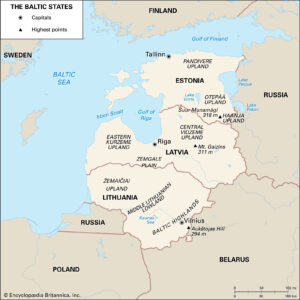
courtesy Encyclopedia Brittanica
What a delightful surprise they turned out to be! Each country has its own culture, history, beauty and, well, “quirks” (at least to an outsider like me). Yet the people share one thing in common: an enduring resilience and a desire to be free.
Like Croatia, which I visited late last year, they are “rising stars” in terms of tourist destinations. In case you know as little about them as I did, here are some interesting facts that might have you thinking about the Baltics when booking your next adventure. Today’s post is on Lithuania:
Part One – Lithuania: Amber, Pagans, Conquests and Oppression
Set on the eastern edge of the Baltic Sea, Lithuania is slightly larger than Switzerland. It consists of rolling plains, farmland, forests, and lakes, and its highest “mountain” is less than a thousand feet above sea level. Along the coast are sandy beaches and an extremely narrow peninsula, about one third the size of North Carolina’s Outer Banks, called the “Curonian Spit.” This odd sliver of sand dunes and pine trees is a magical place, its own UNESCO World Heritage site. The spit is known for, among other things, the “Baltic amber” that has washed up on its shores for millennia. Amber, the fossilized resin from gazillion-year-old pine trees, was a hot commodity for thousands of years for both its beauty and its healing properties; there was even an ancient “Amber Road” trade route that took the iridescent, light-weight material down from northern Europe to the Mediterranean. Today you can still buy amber of varying qualities throughout the Baltic states and Russia.
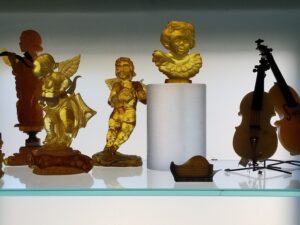
Baltic Amber
Lithuania and its neighbors have the good (or bad) fortune to be situated not only on a sea coast with access to ports, but practically dead center amidst northern, western, southern and eastern Europe. That means whichever country or alliance wanted to take more territory, had to go through them to do it. In the 15th century, the ability of the united Lithuanian tribes (called the Grand Duchy of Lithuania) to both trade and fight enabled them to expand their territory until it reached the Black Sea, which is just north of Turkey. But fighting off both Germans and Russians took its toll, and despite a defensive alliance with Poland that lasted a few centuries, eventually Lithuania was overtaken by Russia. A brief period of independence between the world wars ended with a Soviet re-invasion in 1940, followed the next year by Nazi occupation and the decimation of 95% of the country’s Jews (from a population of more than 200,000). In 1944, the Red Army went on the offensive, wrestled Lithuania back from the Germans, and this time, held on for fifty years under repressive Soviet rule.

15th Century Trakai – a residence of Grand Duke Vytautus of Lithuania
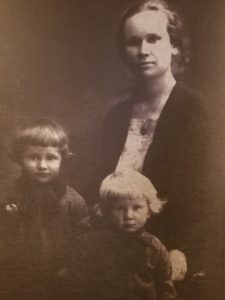
image of deported family via KGB Museum in Vilnius
In the decade following WWII, up to 300,000 people who didn’t mesh with Stalin’s plans were deported to the Siberian Gulags. On our trip we met one such survivor, who spent seventeen years (age 13-30) in the frozen east before returning to her beloved homeland.
Moscow’s efforts to stamp out Lithuania’s national identity, to keep it a nameless, soulless puppet state, failed miserably. Even though the country was one of the last in Europe to renounce paganism and accept Christianity (they finally did so in the 14th century), it became (and remains) a largely Catholic country. On a slight mound in the countryside in northern Lithuania you’ll find the Hill of Crosses, a pilgrimage site swirling with myths, legends, and miracles, where people have been planting crosses and saying prayers for centuries. Despite several attempts by the Soviets to bulldoze religion off the hill and out of the country, the crosses were always defiantly replaced. Today it’s an honor to add a cross to the thousands upon thousands placed there every year by pilgrims of all faiths.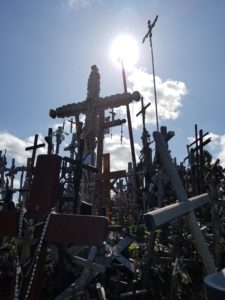
Thanks in part to reformist policies under Gorbechev in the 1980’s, Lithuania and her neighbors began peaceful protests in their bid for freedom. We were in the capital of Vilnius for the 30th anniversary of The Baltic Way, which was a human chain that stretched across all three countries to bring international attention to their quest. Imagine pulling something like that off without social media—all these people had were their radios and a burning desire to get out from under the yoke of communism. And talk about miracles: in 1990, despite some deadly pushback from the Soviet regime, Lithuania once again became an independent country.
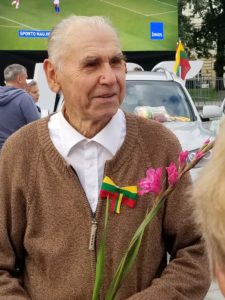
A participant in the original Baltic Way remembers…
Lithuanians love mushroom and berry picking, cold beet soup (it’s delicious) and basketball. Imbued with the vestiges of a pagan spirit and an appreciation for female deities, they love celebrating the summer solstice. By and large, they’re polite and mellow, and walking the streets of Vilnius, it’s apparent Lithuanians are in a good place—happy to be part of the European Union and under the protection of NATO. It’s amazing to think that in my lifetime they were suffering under the last gasp of a failing socialist occupation. But today, they’re free at last.
Check out more photos soon on Facebook: https://www.facebook.com/A.B.MichaelsWriter
Next Post: Latvia

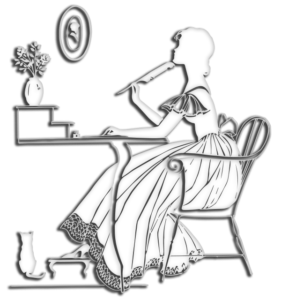
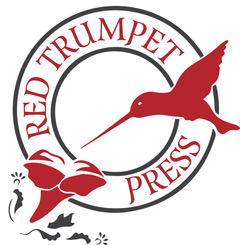
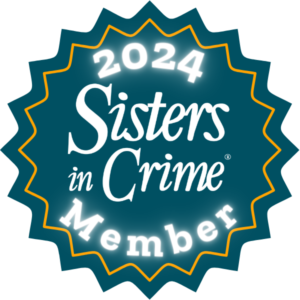
Reading this brings back memories. Enjoyed it a lot .
Thanks, Francine! It’s a fascinating part of the world, especially if you enjoy European history, as I do.